May 20, 2025
Your Ultimate 7-Step Affiliate Marketing Business Plan for 2024
Embarking on an affiliate marketing journey can be overwhelming for beginners, but with a structured plan, success is within reach. This blog outlines the 7 essential questions to guide you in building a profitable affiliate marketing business, drawing from proven strategies that have transformed lives.
Introduction to Affiliate Marketing
Affiliate marketing is a powerful online business model that allows individuals to earn commissions by promoting products or services. As an affiliate marketer, you partner with companies to promote their offerings, and in return, you receive a percentage of the sales generated through your unique referral links. This method not only offers flexibility and scalability but also requires minimal upfront investment, making it accessible to many aspiring entrepreneurs.
The beauty of affiliate marketing lies in its potential for passive income. Once you set up your channels—be it a blog, YouTube channel, or social media profile—you can continue to earn money from content you've created long after it's published. However, success in this arena requires strategic planning, targeted marketing, and consistent effort.
Identifying Your Target Audience
Identifying your target audience is a crucial step in your affiliate marketing journey. Understanding who you want to help will guide your content creation and marketing strategies. Start by considering demographics such as age, gender, location, and interests. This will help you tailor your messaging to resonate with your audience effectively.
Additionally, delve deeper into their pain points and desires. What challenges are they facing? What solutions are they seeking? By addressing these questions, you can create content that genuinely speaks to your audience's needs, fostering trust and engagement.
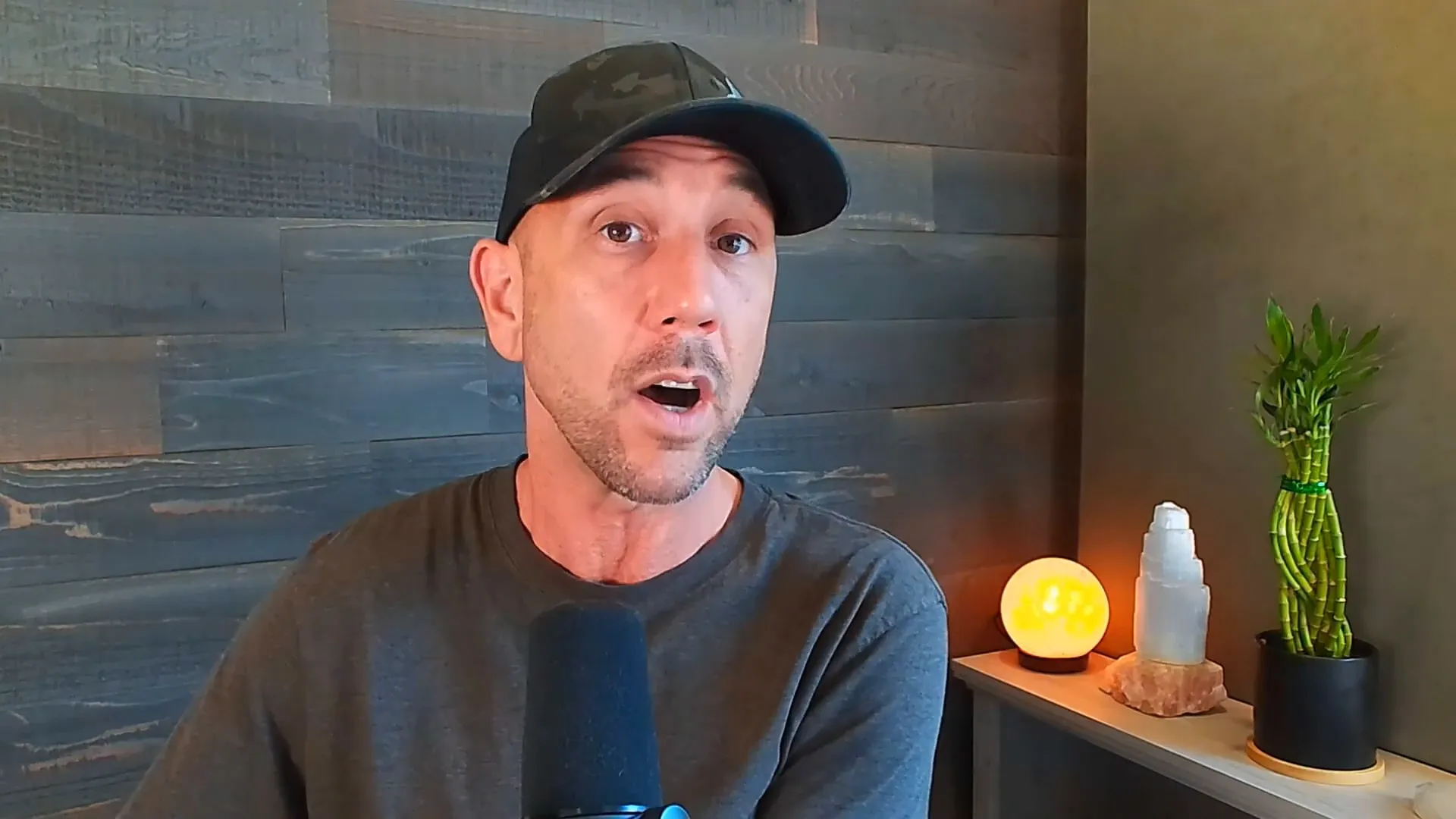
Choosing Your Primary Content Strategy
Your primary content strategy should align with your strengths and preferences. Content can be delivered through various formats, including written articles, videos, podcasts, or images. Choose a medium that feels comfortable for you, as this will make content creation more enjoyable and sustainable.
If you excel in storytelling, blogging might be your forte. Conversely, if you prefer direct engagement, consider video content or live streams. The key is to remain consistent in your chosen format while providing value to your audience.

Defining Your Secondary Content Strategy
While your primary content strategy is crucial, having a secondary strategy can diversify your traffic sources and increase your reach. This could involve leveraging social media platforms, email newsletters, or even guest blogging on related sites.
For example, if your primary strategy is blogging, you can use platforms like Pinterest or Instagram to share snippets of your content, driving traffic back to your main site. This not only enhances visibility but also allows you to connect with different segments of your audience.
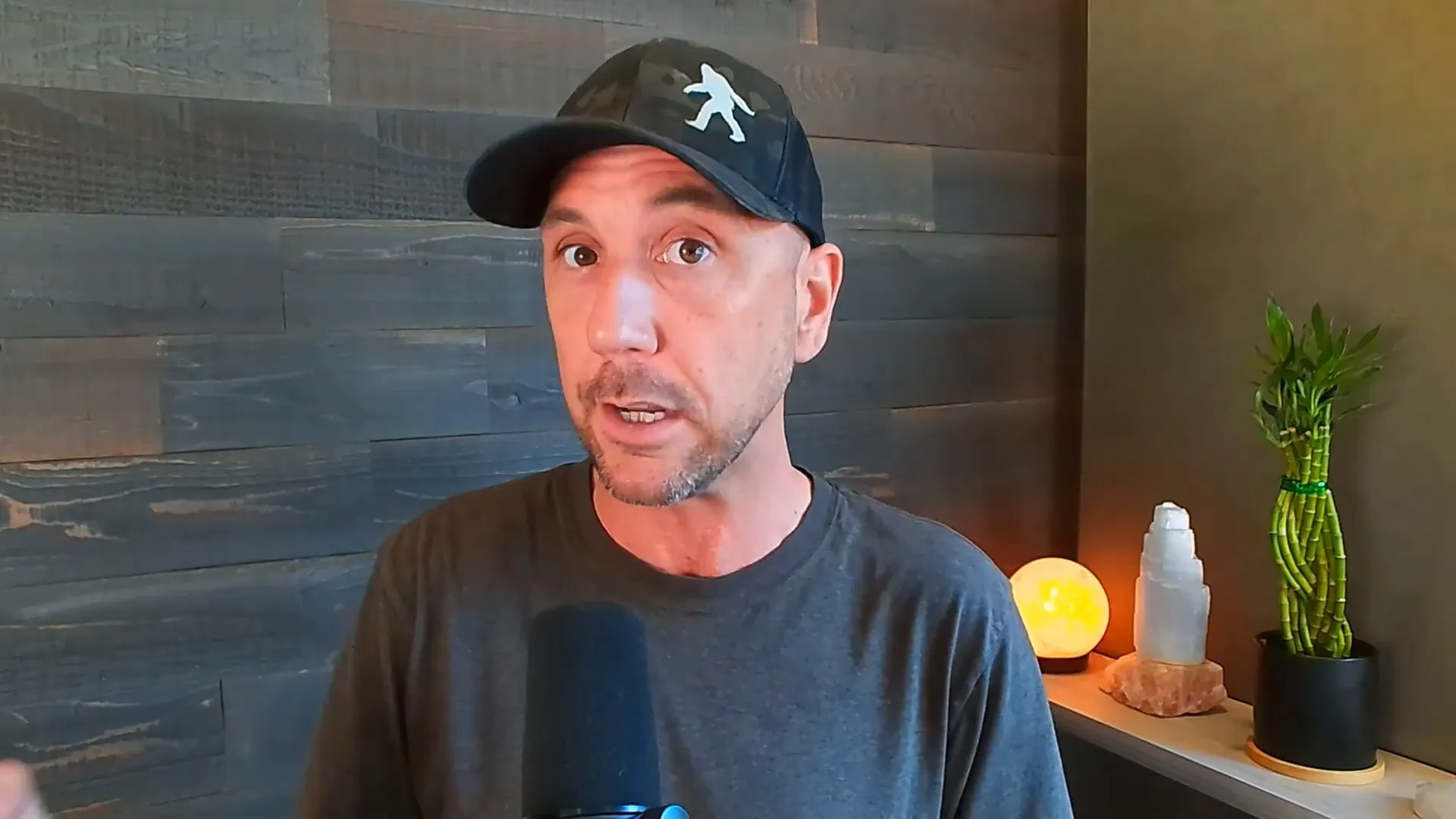
Building Your Email List
Building an email list is one of the most important steps in affiliate marketing. Your email list is an asset that allows you to communicate directly with your audience, promoting products and services consistently. Start by offering a valuable lead magnet, such as a free eBook, checklist, or course, in exchange for your audience's email addresses.
Deploy pop-ups or landing pages on your website to capture leads effectively. These pages should focus solely on your offer, minimizing distractions and guiding visitors toward signing up. Remember, the money is in the list, so prioritize list-building strategies from the outset.
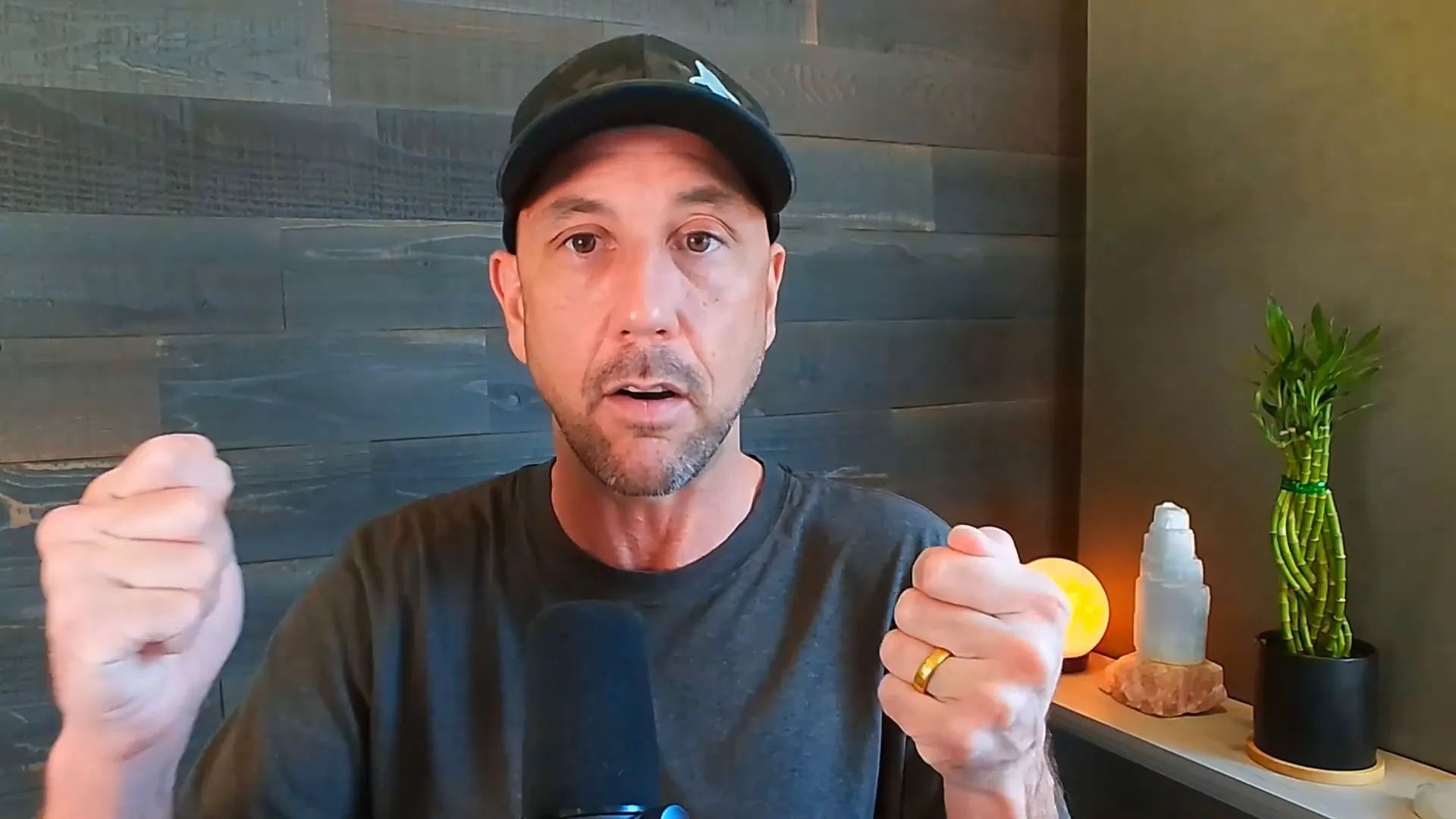
Conclusion
This blog will continue to explore more advanced strategies and insights into the world of affiliate marketing. Stay tuned for further sections that will delve deeper into optimizing your campaigns and maximizing your success.

Identifying Core Topics of Interest
To establish a successful affiliate marketing strategy, begin by pinpointing the core topics that resonate with your target audience. These should align with their interests and pain points. Consider the outcomes they desire and the challenges they face. This will help you create relevant content that engages them effectively.
Ask yourself: What are the five main topics my audience is always interested in? These could range from practical advice on achieving specific goals to broader themes like lifestyle changes or personal development. For example, if your niche focuses on fitness for busy parents, your topics might include quick workout routines, meal prep tips, motivation strategies, injury prevention, and family fitness activities.
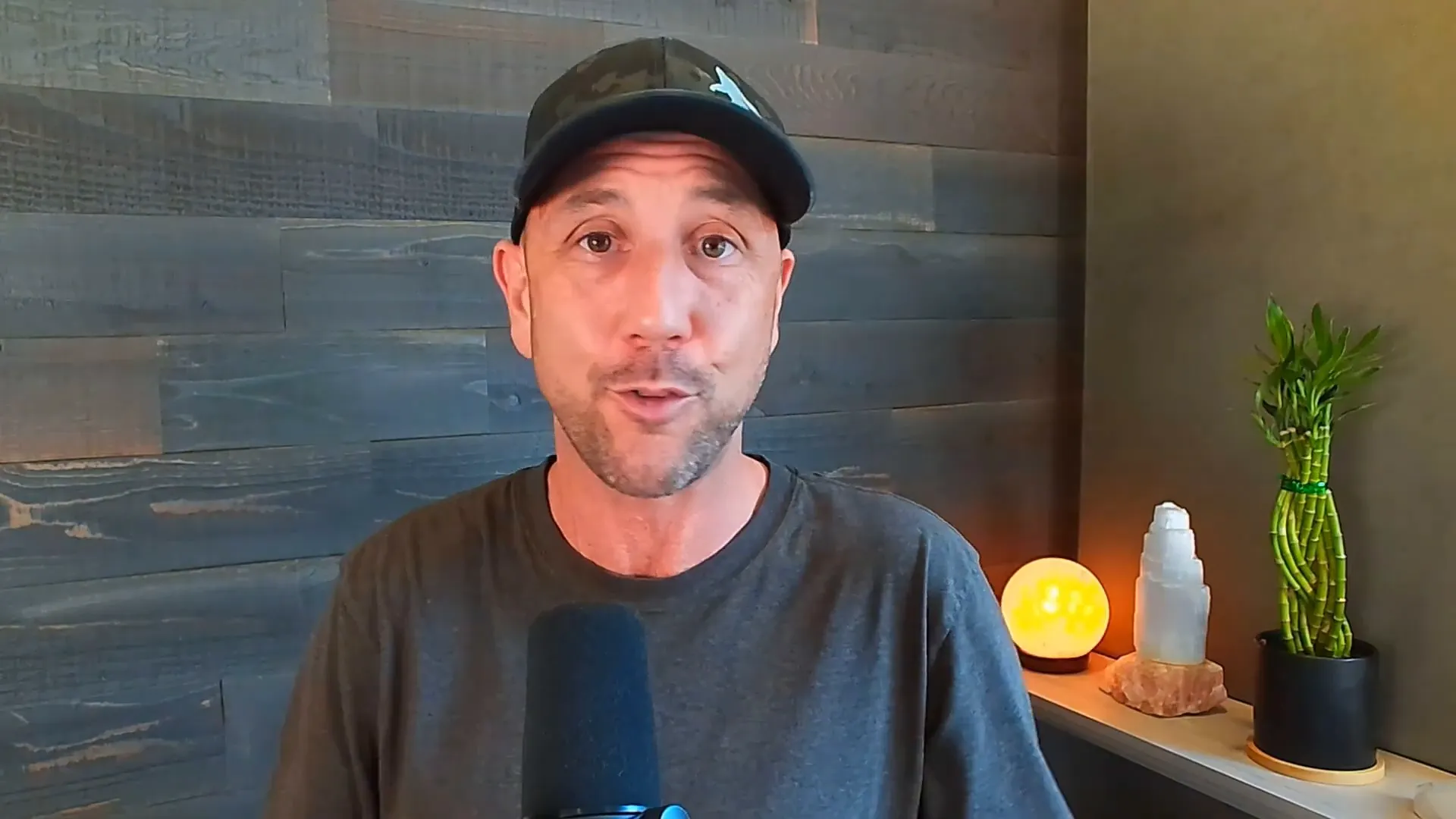
Finding Products That Solve Problems
Once you've identified your core topics, the next step is to find products that genuinely solve the problems your audience faces. This is critical because it positions you as a trusted source of solutions. Research and select products that provide real value, ensuring they align with the topics you've chosen to focus on.
For instance, if your audience consists of fathers over 40 looking to lose weight, consider promoting high-quality workout programs, nutritional supplements, meal delivery services, or fitness equipment. The key is to choose products you believe in and would use yourself. Authenticity is essential in building trust with your audience.

Creating Compelling Stories
Storytelling is a powerful tool in affiliate marketing. Sharing personal anecdotes or success stories related to the products you promote can significantly enhance your marketing efforts. Compelling narratives help your audience connect emotionally with your message, making them more likely to engage with your content and take action.
When crafting your stories, focus on the transformation or benefits that resulted from using a particular product. For example, share how a specific workout program helped you or someone you know achieve their fitness goals. This not only illustrates the product's effectiveness but also makes your content relatable and engaging.

Leveraging Your Personal Journey
Your personal journey can serve as a powerful marketing asset. As you share your experiences, struggles, and successes, you create a relatable persona that resonates with your audience. This authenticity fosters trust and encourages your audience to follow your recommendations.
Consider documenting your progress as you use the products you promote. Share both the highs and lows of your journey, as this transparency can inspire others who are on a similar path. By positioning yourself as a guide who has faced challenges and found solutions, you can effectively lead your audience toward the products that can help them achieve their goals.
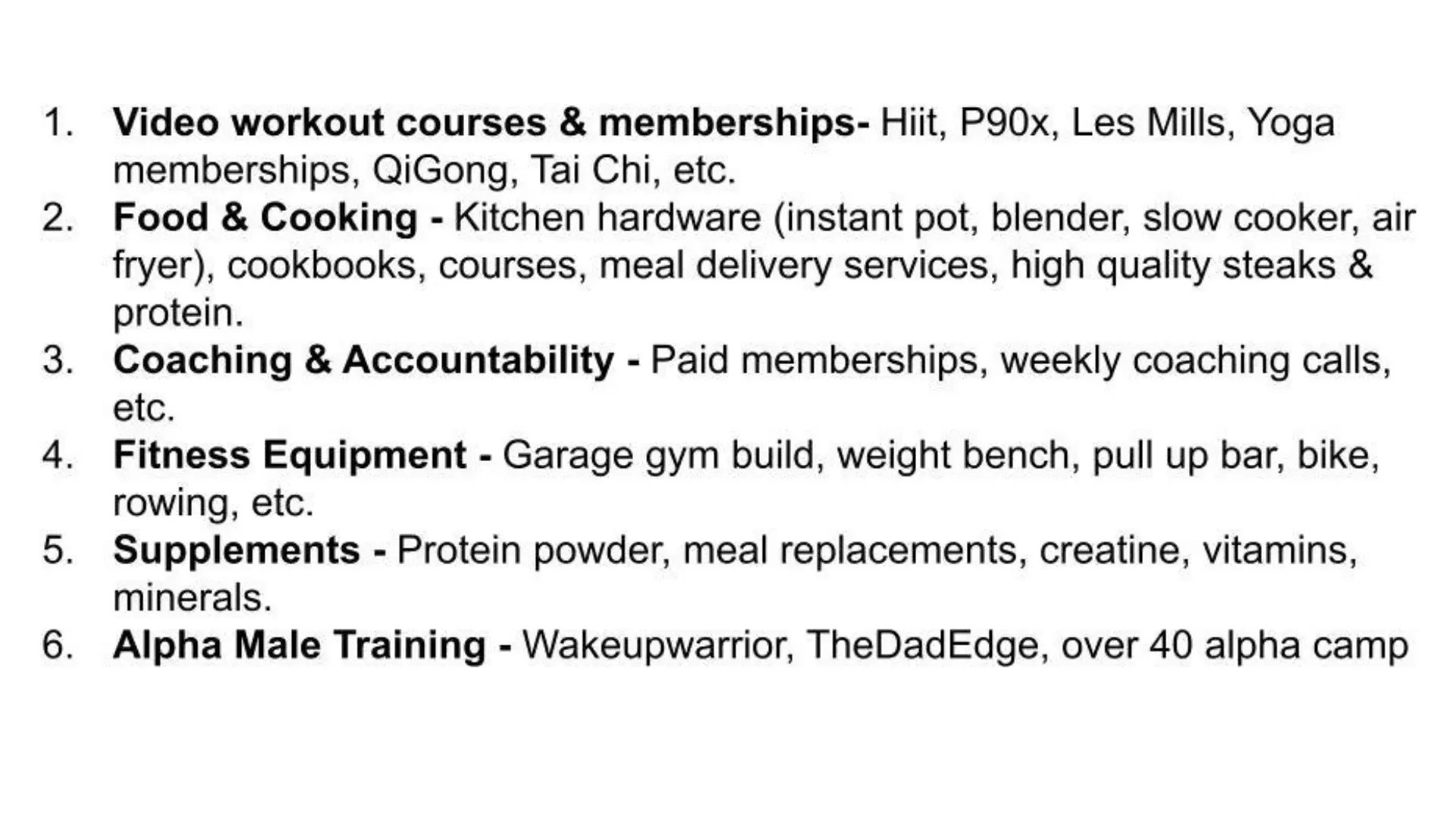
Understanding the Importance of Authenticity
Authenticity is crucial in affiliate marketing. Audiences today are savvy and can easily spot insincerity. To build lasting relationships with your audience, be genuine in your interactions and recommendations. Share your honest opinions about the products you promote, including both pros and cons.
By being transparent about your experiences, you empower your audience to make informed decisions. Authenticity not only enhances your credibility but also leads to higher conversion rates. Remember, people are more likely to trust someone who is real and relatable rather than a polished marketing persona.
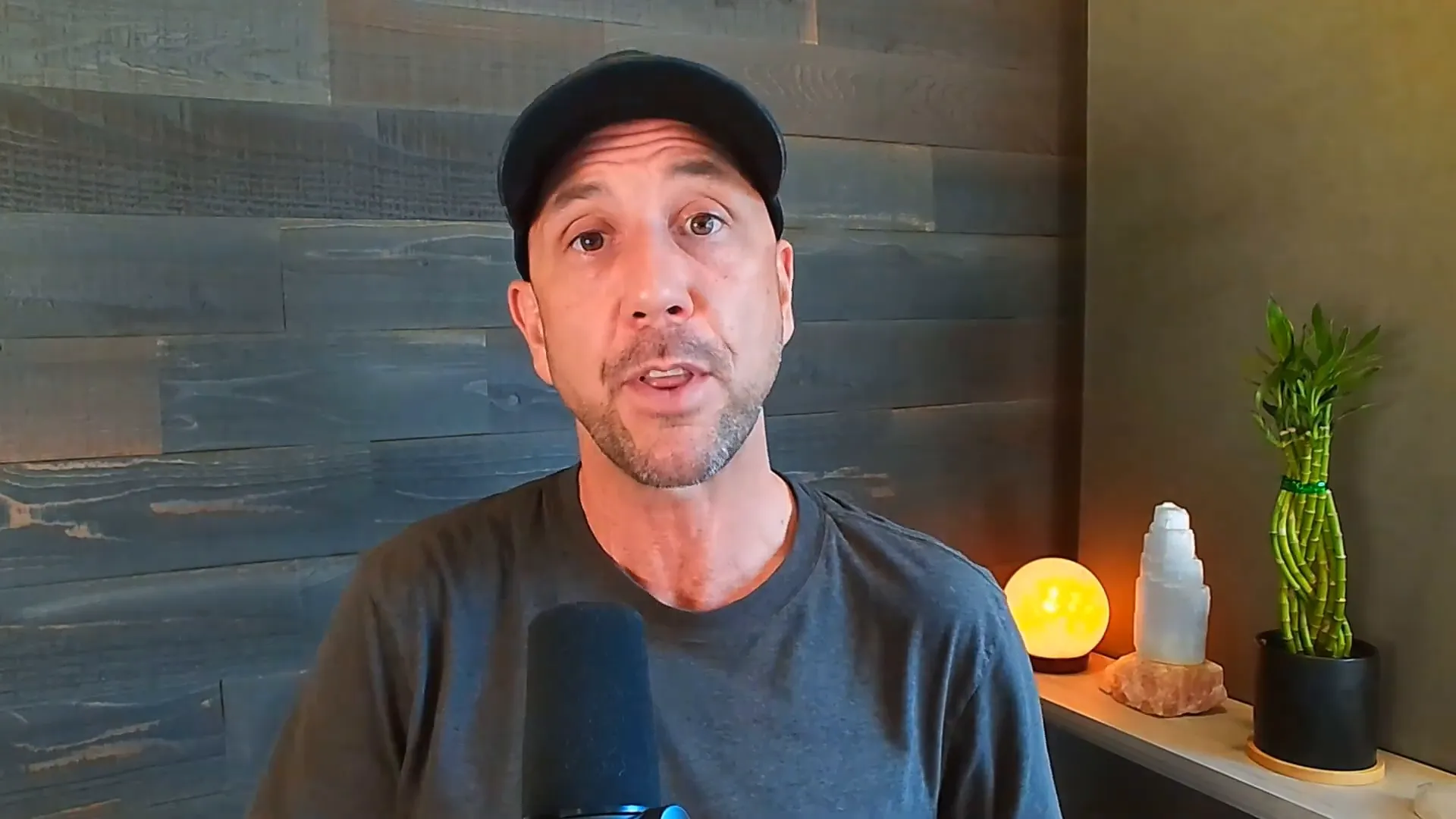
Strategies for Effective Content Creation
Creating content that resonates with your audience is essential for your affiliate marketing success. Start by developing a content calendar to plan your topics in advance. This ensures consistency and helps you stay organized.
Utilize various formats to cater to different preferences. Some individuals prefer reading blog posts, while others may engage better with videos or podcasts. Diversifying your content types can enhance engagement and reach.
Incorporate SEO strategies to improve your content's visibility. Research keywords related to your niche and integrate them into your content to attract organic traffic. This approach will increase the likelihood of reaching potential customers actively seeking your solutions.

Executing Your Business Plan
Once your content strategy is in place, it's time to execute your business plan. Begin by setting specific, measurable, achievable, relevant, and time-bound (SMART) goals. These goals will guide your actions and keep you focused on your objectives.
Prioritize tasks based on their impact on your business. Focus on activities that drive traffic, build your email list, and promote your products. Consider using tools for project management to streamline your workflow and enhance productivity.
Regularly review and adjust your strategies based on performance metrics. Analyze which content resonates most with your audience and refine your approach accordingly. Flexibility is key in adapting to changes in your audience's preferences and market trends.
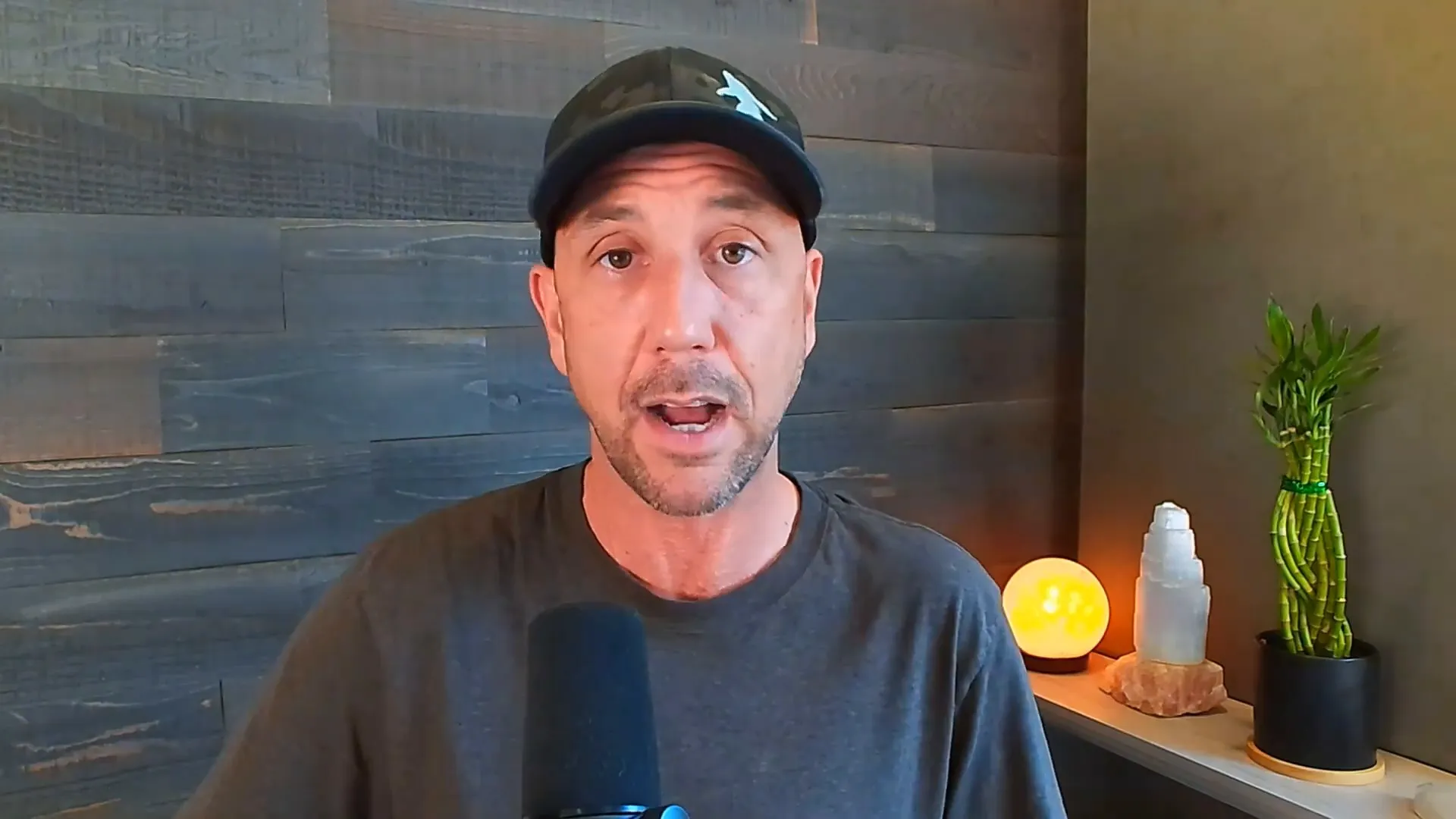
Measuring Success and Adjusting Strategies
To ensure your affiliate marketing business thrives, it's crucial to measure your success. Utilize analytics tools to track key performance indicators (KPIs) such as website traffic, conversion rates, and email open rates. These metrics provide insight into your audience's behavior and engagement levels.
Based on your analysis, adjust your strategies as necessary. If specific content types yield better results, consider focusing more on those. Experiment with different marketing channels to discover where your audience is most active.
Don't hesitate to seek feedback from your audience. Surveys and polls can provide valuable insights into their preferences and needs. Use this information to shape your content and marketing strategies effectively.
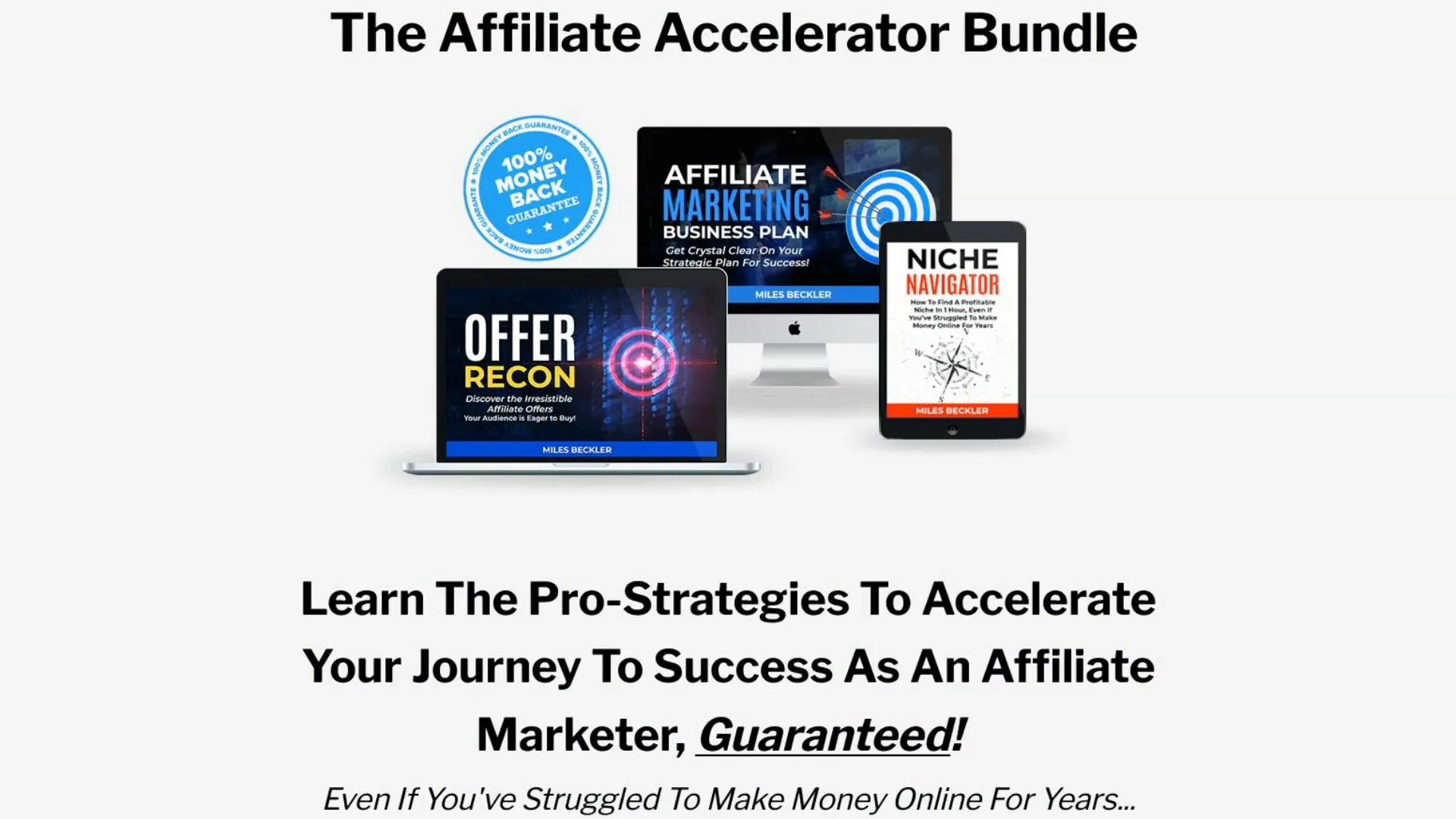
Conclusion: The Path to a Million-Dollar Business
Building a million-dollar affiliate marketing business is achievable with dedication and the right strategies. By identifying your audience, creating valuable content, and executing your business plan effectively, you pave the way for success.
Stay consistent in your efforts, continually refine your strategies, and remain adaptable to changes in the market. Remember, the journey may be challenging, but the rewards are worth it. Embrace the process, and you'll find yourself on the path to financial freedom.
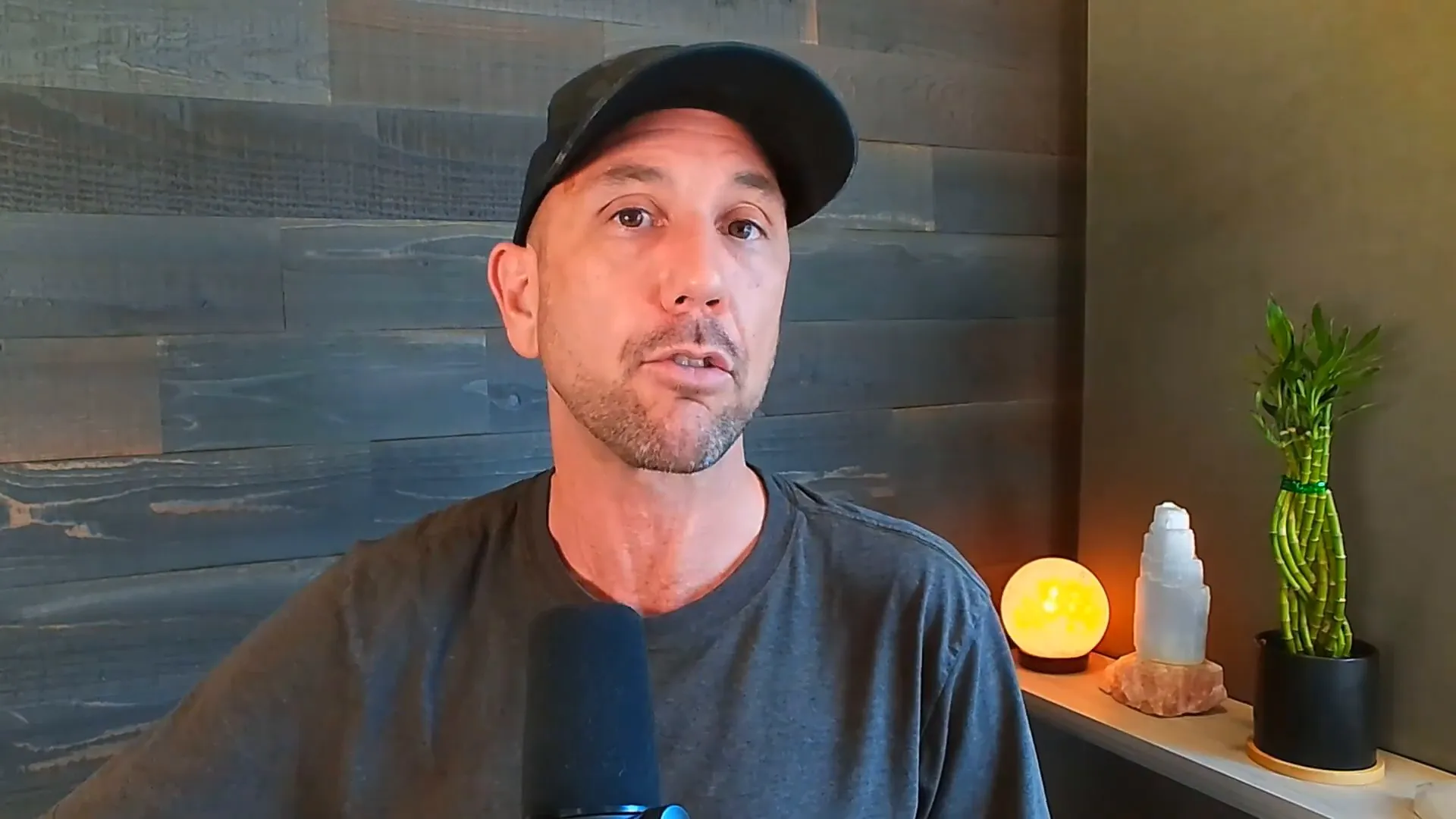
FAQ: Common Questions About Affiliate Marketing
- What is affiliate marketing? Affiliate marketing is a performance-based marketing strategy where individuals earn commissions by promoting products or services on behalf of a company.
- How do I choose a niche? Identify your interests and expertise, research market demand, and consider the potential for profitability when selecting a niche.
- What are effective ways to drive traffic to my affiliate links? Utilize SEO, social media marketing, content marketing, and email marketing to attract potential customers to your affiliate offers.
- How important is an email list? An email list is crucial for affiliate marketing success. It allows you to communicate directly with your audience, promote products, and build lasting relationships.
- Can I succeed in affiliate marketing without a website? Yes, you can promote affiliate products through social media platforms, YouTube, and other online channels without a dedicated website.
